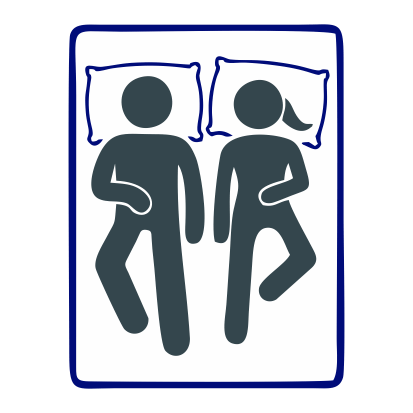Proper Installation - Make sure your new mattress and foundation are properly installed in your home. Improper installation can damage your new sleep set. If you choose to transport and install on your own, ask the store personnel to give you some tips to help you avoid problems.
Rotate It - Unless your mattress care instructions indicate otherwise, you may want to periodically rotate your mattress from end-to-end and from top-to-bottom.
Use A Protective Pad - A good quality, washable mattress pad (and one for the foundation, too, if you like) is a must to keep your set fresh and free from stains.
Let It Breathe - If you detect a slight “new product” odor, leave the mattress and foundation uncovered and well ventilated for a few hours. A breath of fresh air should do the trick!
Give It Good Support
- Be sure to use a sturdy, high-quality bed frame. If it’s a queen or king size set, make sure your frame has the strong center support that will prevent the mattress from bowing or breakage.
Don’t Dry Clean - The chemicals in dry cleaning agents/spot removers may be harmful to the fabric or underlying materials. Vacuuming is the only recommended cleaning method. But if you’re determined to tackle a stain, use mild soap with cold water and apply lightly. Do not ever soak a mattress or foundation.
Don’t Remove The Tag - Contrary to popular belief, it’s not illegal to remove the law tag, but the information on the label will serve as a means of identification should you have a warranty claim.
It’s Not A Trampoline - Don’t let the kids jump on your sleep set. Their rough-housing could do damage to the interior construction of your bed, as well as to themselves!
Follow Manufacturer’s Instructions - Again, be sure to follow any specific guidelines from your manufacturer for the best method of mattress care.
Out With The Old - Now that you’ve treated yourself to a new sleep set, arrange to have your old bed removed and disposed of. Don’t give it to the kids, relatives, guests or neighbors. If it wasn’t good enough for you, it isn’t good enough for anyone else. Throw it out!



